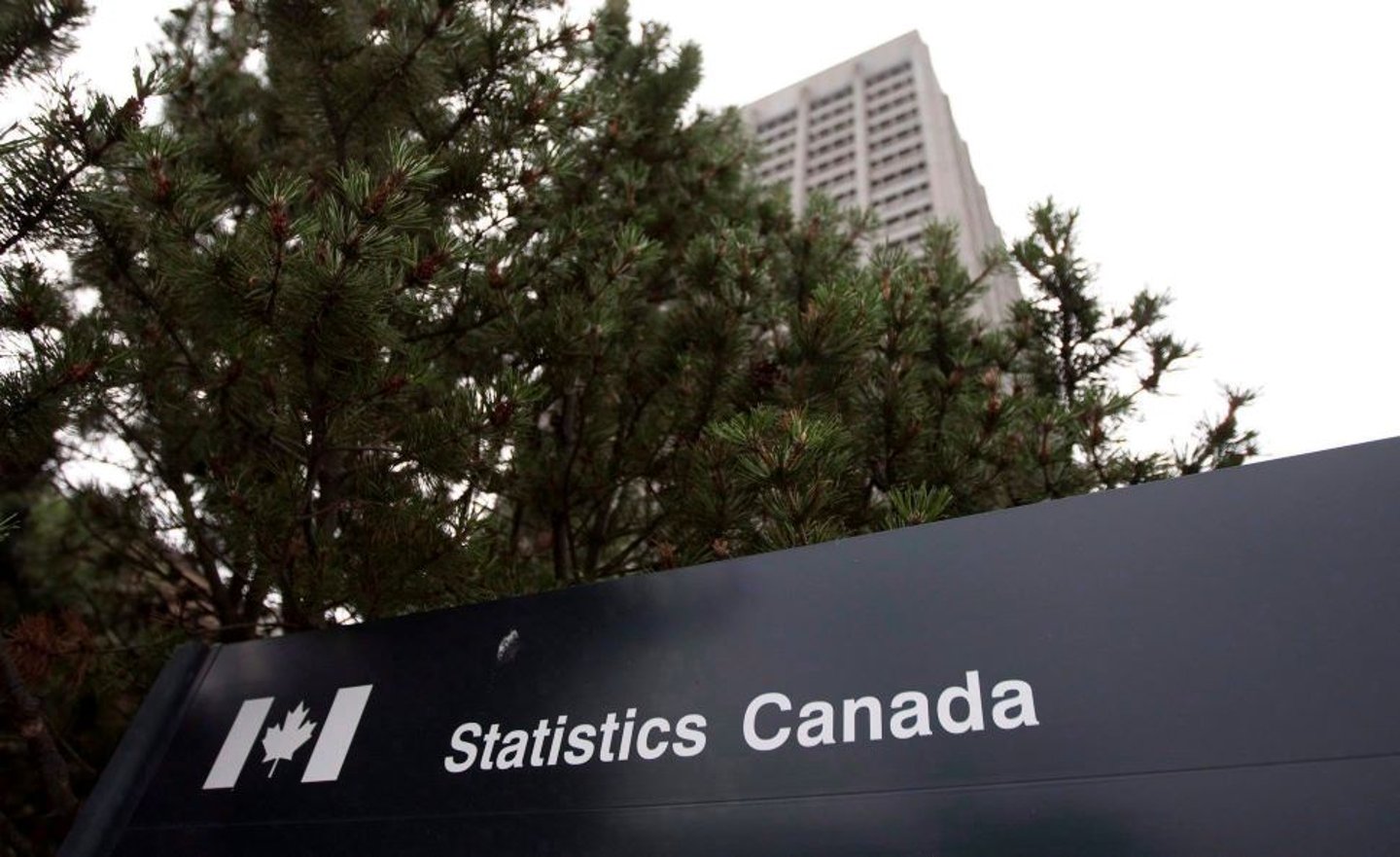Jobless rate holds steady at 6.5% in October amid weak hiring
Canada’s unemployment rate held steady at 6.5% last month as hiring remained weak across the economy.
Statistics Canada’s labour force survey on Friday said employment rose by a modest 15,000 jobs in October. Business, building and support services saw the largest gain in employment.
Meanwhile, finance, insurance, real estate, rental and leasing experienced the largest decline.
Brendon Bernard, a senior economist at hiring website Indeed, said October brought "more of the same" for the labour market. "Employment eked out modest gains, once again swamped by still strong population growth. It’s a familiar pattern: population has outpaced job growth in all but one month so far this year," Bernard wrote.
Many economists see weakness in the job market continuing in the short term, before the Bank of Canada’s interest rate cuts spark a rebound in economic growth next year. Despite ongoing softness in the labour market, however, strong wage growth has raged on in Canada. Average hourly wages in October grew 4.9% from a year ago, reaching $35.76.
"The job market isn’t delivering for those out of work, but for those in stable employment, pay gains are looking healthy," Bernard said.
Friday’s report also shed some light on the financial health of households.
According to StatCan, 28.8% of Canadians aged 15 or older were living in a household that had difficulty meeting financial needs—like food and housing—in the previous four weeks.
That was down from 33.1 per cent in October 2023 and 35.5% in October 2022, but still above the 20.4% figure recorded in October 2020.
People living in a rented home were more likely to report difficulty meeting financial needs, with nearly four in 10 reporting that was the case. That compares with just under a quarter of those living in an owned home by a household member. Immigrants were also more likely to report facing financial strain last month, with about four out of 10 immigrants who landed in the last year doing so.
That compares with about three in 10 more established immigrants and one in four for people born in Canada.
READ: Inflation is down, wages are up. Why are Canadians still frustrated with the economy?
Here's a quick glance at unemployment rates for October, by Canadian city
The national unemployment rate was 6.5% in October. Statistics Canada also released seasonally adjusted, three-month moving average unemployment rates for major cities. It cautions, however, that the figures may fluctuate widely because they are based on small statistical samples. Here are the jobless rates last month by city (numbers from the previous month in brackets):
- St. John's, N.L. 6.7% (6.8)
- Halifax 5.4% (5.5)
- Moncton, N.B. 5.2% (5.5)
- Saint John, N.B. 4.8% (5.6)
- Saguenay, Que. 3.8% (3.9)
- Quebec City 4.0% (4.3)
- Sherbrooke, Que. 5.5% (5.6)
- Trois-Rivières, Que. 6.4% (6.6)
- Montreal 6.7% (6.6)
- Gatineau, Que. 6.8% (6.9)
- Ottawa 6.3% (6.3)
- Kingston, Ont. 5.8% (6.5)
- Belleville, Ont. 3.2% (3.6)
- Peterborough, Ont. 4.5% (4.7)
- Oshawa, Ont. 8.0% (7.9)
- Toronto 8.0% (8.0)
- Hamilton, Ont. 6.2% (6.2)
- St. Catharines-Niagara, Ont. 6.7% (7.0)
- Kitchener-Cambridge-Waterloo, Ont. 7.8% (7.6)
- Brantford, Ont. 6.5% (7.0)
- Guelph, Ont. 5.3% (5.3)
- London, Ont. 6.4% (6.4)
- Windsor, Ont. 8.8% (8.9)
- Barrie, Ont. 5.6% (5.9)
- Greater Sudbury, Ont. 5.9% (5.7)
- Thunder Bay, Ont. 5.0% (4.5)
- Winnipeg 5.8% (5.8)
- Regina 6.0% (6.3)
- Saskatoon 5.4% (5.4)
- Lethbridge, Alta. 5.2% (5.1)
- Calgary 7.7% (7.4)
- Edmonton 8.6% (9.0)
- Kelowna, B.C. 4.5% (4.7)
- Abbotsford-Mission, B.C. 6.1% (6.4)
- Vancouver 6.4% (6.3)
- Victoria 3.7% (3.4)



